Home > Company > Tire Safety > Choosing Tires > Replacement Guidance
The best way to know if it’s time to buy new tires for your vehicle is to have them inspected by a professional, but there are ways to check them yourself. To meet legal safety standards in the U.S., a tire’s tread needs to be at least 2/32” deep. If the tires do not meet the 2/32” standard or are approaching not meeting it, you should replace your tires. When replacing tires, it’s important to select the right tire size for your vehicle. Not sure what size you need? Learn more about determining tire size.
Tires should also be free of sidewall damage and irregular wear for optimal performance and safety. It’s also a good idea to learn what types of damage can be repaired vs. replaced so that you can safely extend the life of your tires.
You can evaluate your tires on your own through a visual inspection. Start with the tread — the part of the tire that contacts the road surface. Make sure the tire tread is deep enough and worn evenly all the way around without any irregularities. All DOT-regulated tires feature built-in treadwear indicators, commonly called “wear bars”, that will help you see when the tread is getting low. These indicators can be found in various places throughout the tread and will be even with the tread surface when the tread is worn to two-thirty seconds (2/32) of an inch. You should also examine each tire’s sidewall to ensure there is no visible damage.
You can also use the Penny Test to check your tire tread. This test can be performed in your own driveway in just a few minutes.
The idea of the penny test is to check whether you’ve hit the 2/32” threshold. Here’s how it works:

Check all four tires, especially in areas that look the most worn. If any parts of your tire fail the penny test, it may be time to replace the tire.
Consistent wear around the whole tire is normal. Uneven tread wear could be a sign of improper inflation, wheel misalignment, or a variety of other things. If you see uneven tread wear, you should have a technician inspect your vehicle.
If your tires pass these tests, you may not need to buy new tires just yet. It’s a good idea to reassess the tread every few thousand miles, or once a month, and even more often if you’re putting a lot of wear on your vehicle or driving long distances.
No matter how new your tire is, Bridgestone recommends checking inflation pressure every month and scheduling regular inspections with a pro.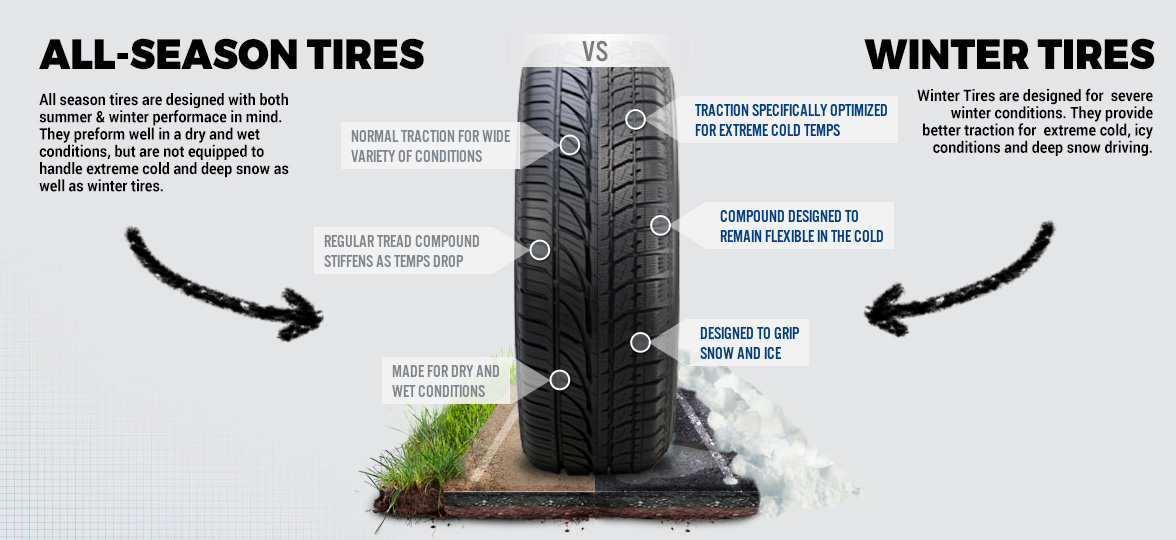 After five years, an inspection is essential to determine if a tire is still road-worthy.
After five years, an inspection is essential to determine if a tire is still road-worthy.
We recommend tires that were manufactured 10 years prior (or longer) be taken out of service and replaced with new tires. Same goes for the spare. If it’s 10 years old, it needs to be replaced, even if it appears new.
It’s important to note that the age of a tire is not the only indicator of whether it needs to be replaced. Many tires will need to be replaced before 10 years of age due to routine tread wear and other conditions such as punctures, impact damage, improper inflation, overloading and more. If a tire is worn out or otherwise unserviceable from damage or conditions of use, it should be replaced regardless of when it was produced or purchased.
Another common tire-buying question is if it’s necessary to replace all four tires at once. The simple answer is yes. It is recommended to replace all four at once because your tires are key to the performance and handling of your vehicle, it’s important for them to be as identical as possible. If your tires don’t match, one end of your vehicle may not be able to respond as quickly as the other, making it difficult to control. Your tires are what keep your vehicle connected to the road, so having an even surface is vital.
The simple answer is yes. It is recommended to replace all four at once because your tires are key to the performance and handling of your vehicle, it’s important for them to be as identical as possible. If your tires don’t match, one end of your vehicle may not be able to respond as quickly as the other, making it difficult to control. Your tires are what keep your vehicle connected to the road, so having an even surface is vital.
If you are in a situation where you will be replacing fewer than four tires, select tires that are similar to what is currently installed on your vehicle. If you are replacing just two tires, those two tires should only be installed on the rear axle. You should only consider tires that are within the same category as your existing ones.
If you have a vehicle that came equipped with a staggered fitment (different size tires on the front and back) then you should check your vehicle owner’s manual for replacement recommendations.
There are a lot of risks associated with buying used tires.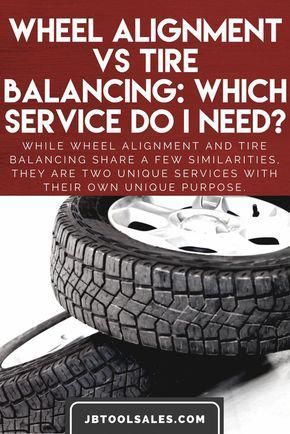 Since you don’t know the history of the tires, it can be difficult to know if they’ve been previously run under inflated, overloaded or have other unseen internal damage which could lead to an unexpected failure. Used tires might also have uneven wear, which can cause noise, vibration or other problems and may need to be replaced much sooner than new tires. It is best to replace tires with new tires of the same category, size, load capacity and speed rating as recommended by your vehicle’s manufacturer.
Since you don’t know the history of the tires, it can be difficult to know if they’ve been previously run under inflated, overloaded or have other unseen internal damage which could lead to an unexpected failure. Used tires might also have uneven wear, which can cause noise, vibration or other problems and may need to be replaced much sooner than new tires. It is best to replace tires with new tires of the same category, size, load capacity and speed rating as recommended by your vehicle’s manufacturer.
When it comes to recalled tires, there is only one position to take. We do not want anyone driving on recalled tires. We are committed to replacing, free of charge, any Bridgestone or Firestone tire (or other brands warranted by Bridgestone) subject to a customer satisfaction, quality and/or safety recall, at any time. The easiest way for consumers to get answers to questions about recalled tires is to call 1-844-293-7514 or locate an authorized Bridgestone or Firestone dealer to examine the tires in question.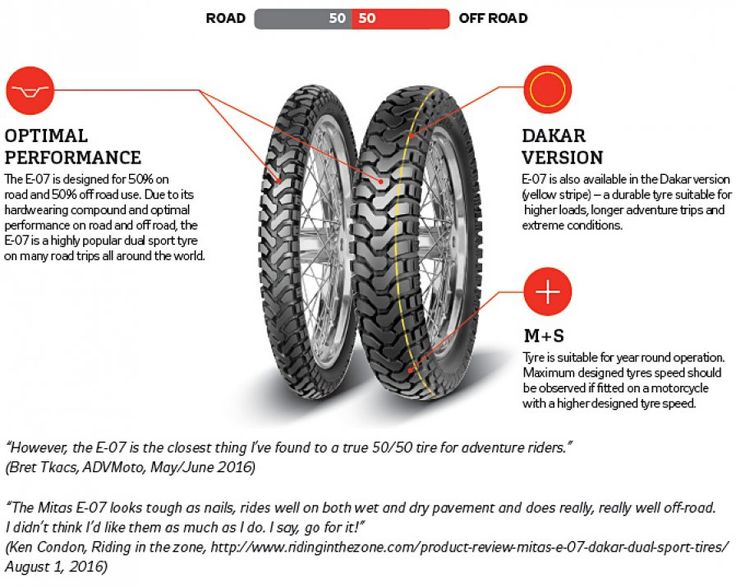 You can also check current tire recalls online at the National Highway Traffic Safety Administration site.
You can also check current tire recalls online at the National Highway Traffic Safety Administration site.
There’s no reason to guess. Talk to a tire dealer or other authorized professional so you can make certain you’re choosing the best tire option for your vehicle. Find out if tire rotation and balancing are included with your new tires. If they are not, see if you can bundle the maintenance service. Ask the dealer to outline the manufacturer’s warranty and replacement options to make certain your new investment is protected in the long run, and inquire about any specials they may be offering. With these tire-buying tips and some trusted ratings in hand, you should be able to confidently pick out new tires.
Bridgestone consistently strives to connect with drivers through our stores, dealers and media campaigns to raise awareness and educate consumers on safe driving and tire safety. We encourage all consumers to learn all they can about tire safety and why it's important to have their tires, including the spare tire, regularly inspected by a qualified professional.
We encourage all consumers to learn all they can about tire safety and why it's important to have their tires, including the spare tire, regularly inspected by a qualified professional.
Position on Recall Awareness and Tire Age
Bridgestone Americas, Inc.
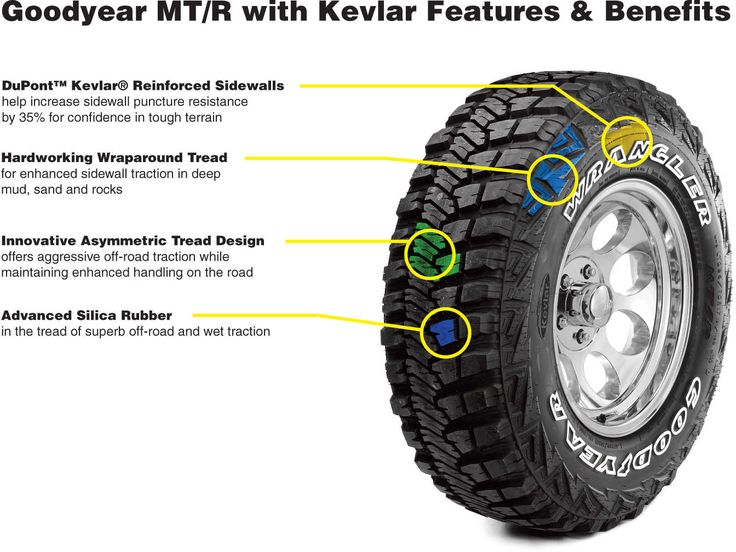 bridgestoneamericas.com/safety.com to learn about tire safety and why it’s important to have their tires, including the spare tire, regularly inspected by a qualified professional.
bridgestoneamericas.com/safety.com to learn about tire safety and why it’s important to have their tires, including the spare tire, regularly inspected by a qualified professional.Learn about our mission, our achievements, and our ongoing commitments
Read Our Origin Story
When it comes to checking tire tread, there are a number of methods that can help you know if it’s time to replace a tire. Heavily worn tread will prevent a tire from performing as designed and can lead to unsafe driving conditions. One of the simplest, most common ways to check tread depth requires nothing more than a penny and a few moments of your time.
Heavily worn tread will prevent a tire from performing as designed and can lead to unsafe driving conditions. One of the simplest, most common ways to check tread depth requires nothing more than a penny and a few moments of your time.
In the United States, tire tread depth is measured in 32nds of an inch. New tires typically come with 10/32” or 11/32” tread depths, and some truck, SUV and winter tires may have deeper tread depths than other models. The U.S. Department of Transportation recommends replacing tires when they reach 2/32”, and many states legally require tires to be replaced at this depth.
The idea of the penny test is to check whether you’ve hit the 2/32” threshold. Here’s how it works:
Place a penny between the tread ribs on your tire. A “rib” refers to the raised portion of tread that spans the circumference of your tire. Tire tread is composed of several ribs.
Turn the penny so that Lincoln’s head points down into the tread.
See if the top of his head disappears between the ribs. If it does, your tread is still above 2/32” , If you can see his entire head, it may be time to replace the tire because your tread is no longer deep enough.
When performing the penny tire test, remember not only to check each tire, but to check various places around each tire. Pay special attention to areas that look the most worn. Even if parts of your tread are deeper than 2/32”, you should still replace the tire when any areas fail the penny test.
Consistent wear around the whole tire is normal, but uneven tread wear could be a sign of improper inflation, wheel misalignment, or a variety of other things. If you see uneven tread wear, you should have a technician inspect your vehicle.
A simple way to check your tire tread depth is by using a tread depth gauge. You can find tire tread depth gauges at your local auto parts store. There are many models available, but an inexpensive simple graduated probe gauge will work just fine.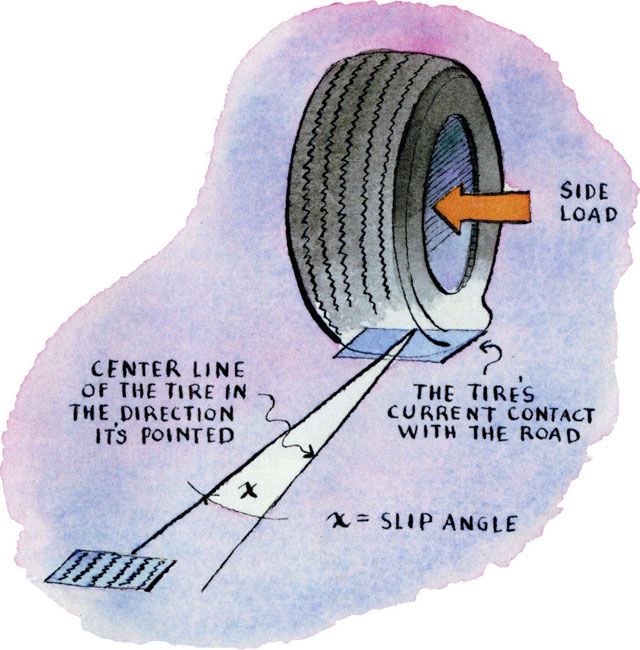 All you have to do is stick the probe into a groove in the tread and press the shoulders of the probe flat against the tread block and read the result. All gauges should measure in both 32nds of an inch and millimeters.
All you have to do is stick the probe into a groove in the tread and press the shoulders of the probe flat against the tread block and read the result. All gauges should measure in both 32nds of an inch and millimeters.
Another indicator of worn out tread already lives in your tires themselves. Every performance, light truck, or medium commercial tire comes equipped with indicator bars (or wear bars) embedded between the tread ribs at 2/32”. They’re there to help you monitor tread depth and make decisions about tire replacement. Just look to see if the tread is flush with the indicator bars. If they are, it’s time to replace the tire.
While the penny tire test does deliver on what it promises – indicating whether tread has reached the legal limit – it may not be the best indicator of whether your tires are safe for the road. Tire performance can diminish significantly before your tread hits 2/32”. Even though the law deems fit for safe driving may not prevent you from hydroplaning or losing control in rainy, slushy conditions. If you think your tires may be close to needing replacement, have them checked out by a licensed mechanic.
If you think your tires may be close to needing replacement, have them checked out by a licensed mechanic.
According to manufacturers, car tires should last up to 10 years, but this is the maximum period. The recommended service life of tires is no more than 5-6 years - in practice, after such a time, it is necessary to change the rubber, since it loses its consumer properties. This is very important, as is seasonal replacement, as worn tires greatly increase the risk of an accident, especially on wet or icy roads. Where you can confidently drive at a speed of 70–80 km/h on new tires, it is easy to lose control on worn tires already at 55–60 km/h. Therefore, every motorist needs to know about the service life of tires so that the operation of the car is not only comfortable, but also safe.
The specified service life of 5–6 years is rather arbitrary. More important is not the date of issue of rubber, but the degree of daily wear and mileage .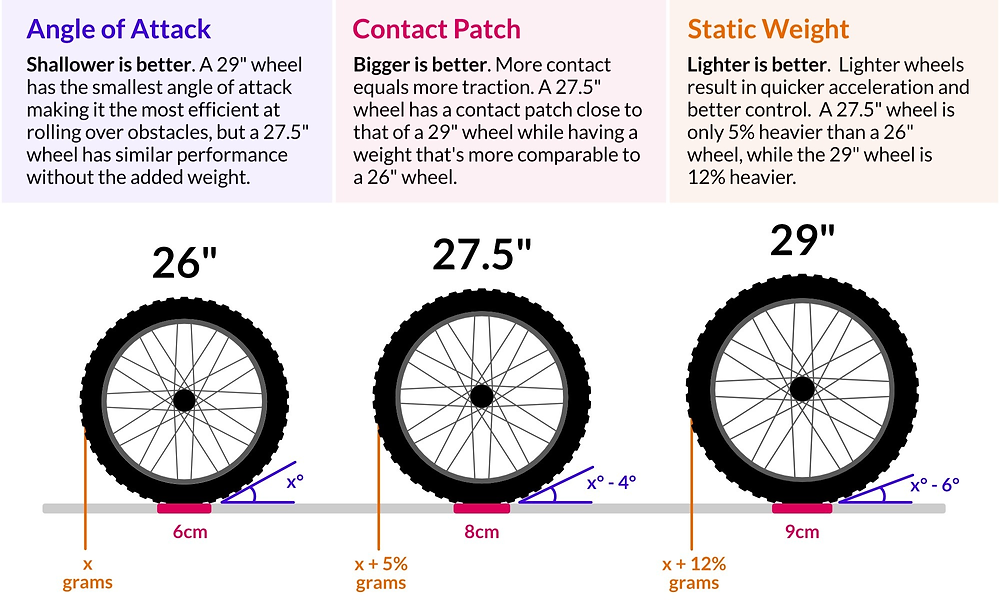
The main factor influencing tire life is the vehicle type , which determines its load capacity. We are talking about what the maximum load a car can carry and whether its tires can withstand, which can be understood by their load capacity index.
Overloading the machine by 20% shortens the service life by 30%, so the vehicle must not be allowed to carry loads that exceed its carrying capacity.
In addition to the type of car, the list of factors that affect the life of tires of any type includes:

It is necessary to control the optimal pressure in the tires of your car during all seasons.
Regarding the correct rearrangement of tires, we prepared a separate and detailed material, which you can find at the link.
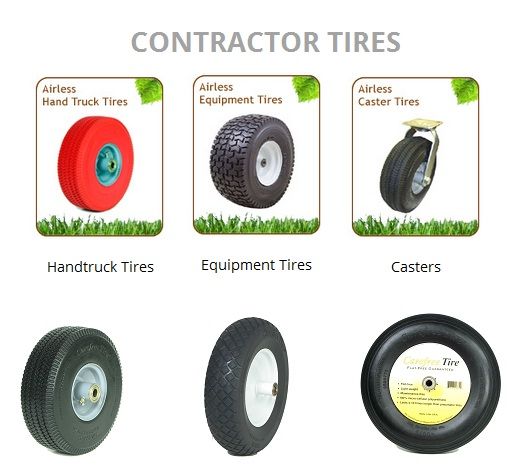
Based on the list of influencing factors, we can conclude that reduces the life of tires:
Critical tire wear can be determined by special indicators that are carried out during tire production.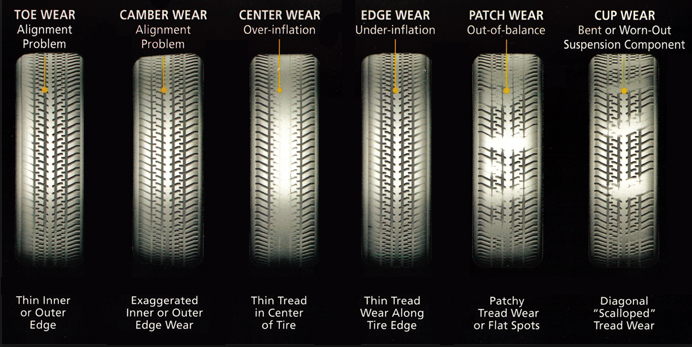 These are transverse protrusions (lintels), reaching a height of 1.6 mm.
These are transverse protrusions (lintels), reaching a height of 1.6 mm.
When the indicators become visible, the tire has begun to wear out.
The location of the indicators is indicated on the sidewall of the tire using the triangle symbols or the letters TWI meaning Tread Wear Indicator.
Critical tire wear is indicated by:
Summer and winter, passenger and truck tires have their own minimum residual tread depth, which is determined by wear indicators. You can measure this value with a special depth gauge: if it is below the set limit, then the rubber needs to be replaced.
Measuring is difficult due to uneven wear. In this case, it is necessary to determine the suitability of rubber in the area where wear is most pronounced . When the tread edge wears out on one side, we can speak of a violation of the toe-in angle . In this case, you need to contact the service station.
In this case, it is necessary to determine the suitability of rubber in the area where wear is most pronounced . When the tread edge wears out on one side, we can speak of a violation of the toe-in angle . In this case, you need to contact the service station.
Tires also have numbers that wear out as they wear, which also helps to determine its degree.
Learn more about the types of wear and what it can threaten in the article.
The average load capacity of passenger cars is 2 tons , and the tire mileage is about 45 thousand km. Depending on the driving style, the characteristics of the car itself and the season, you can drive on passenger tires from 40 to 70 thousand km .
Summer tires tend to last longer than winter tires because the operating conditions are less severe.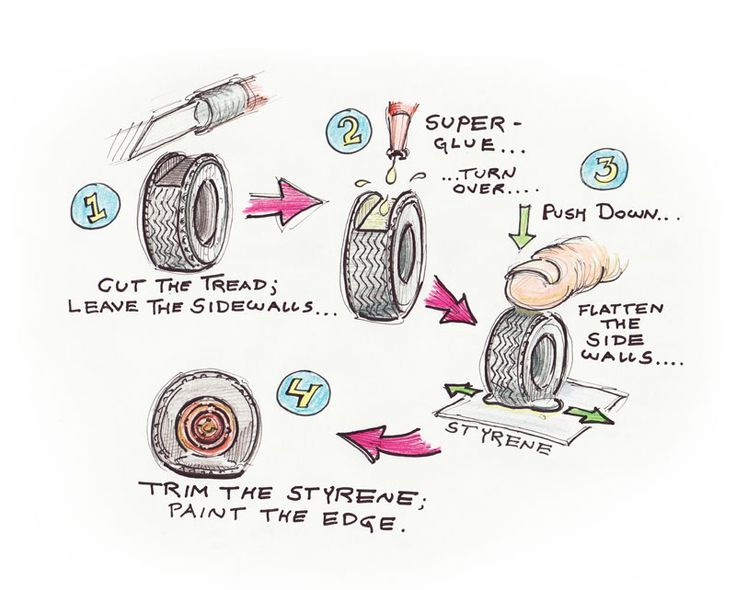 All that summer tires can face on the road is high temperatures, hot or wet asphalt. The last to be determined is the safe value of the residual tread depth - for summer tires it is 1.6 mm . With a shallower groove depth, water drainage becomes impossible. Although the behavior of the tire on the road becomes unsafe already at a tread depth of about 3 mm.
All that summer tires can face on the road is high temperatures, hot or wet asphalt. The last to be determined is the safe value of the residual tread depth - for summer tires it is 1.6 mm . With a shallower groove depth, water drainage becomes impossible. Although the behavior of the tire on the road becomes unsafe already at a tread depth of about 3 mm.
Summer tires are more rigid than soft and elastic winter tires. The peculiarity of the composition and less difficult operating conditions explain the longer service life: an average of 5-6 years with careful driving on a flat roadway.
Winter tires have much less time and almost always fail due to tread wear, because the tread of a new tire is 7-8 mm, and the working height remains only 3-4 mm.
In the case of studded tires, very few metal elements are retained with such wear, so it can no longer provide proper road safety.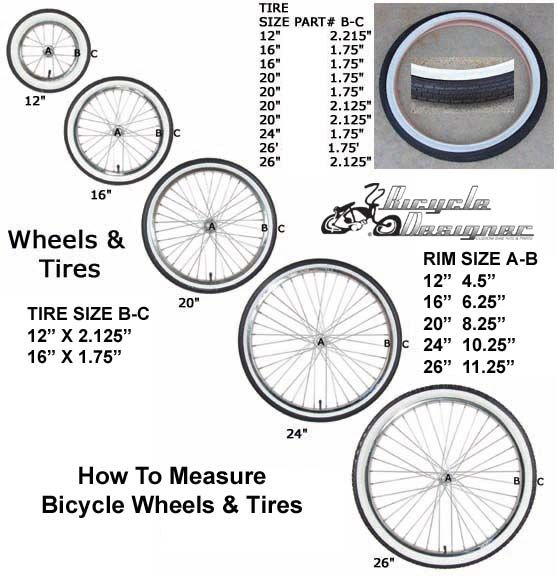
Friction (not studded) tires with similar wear also lose most of their performance.
In reality, winter tires have an average mileage of not exceeding 30,000 km .
Some motorists decide to re-roll "bald" tires in the summer, but this is dangerous, because the grip on the heated road surface will be very low.
So, the service life of winter tires differs depending on their type:
You can find detailed recommendations on choosing winter tires for your car here.
Residual tread depth for winter passenger tires is 4 mm . The value was chosen taking into account the fact that to ensure safe driving on winter roads: snowy, icy, covered with wet snow.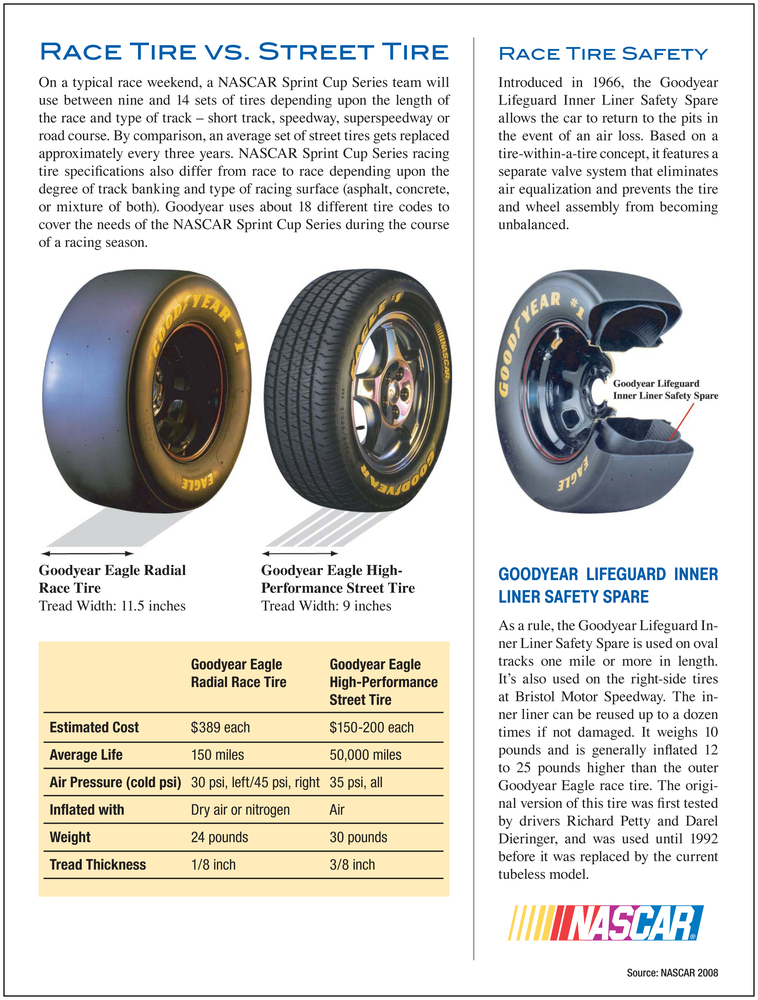 In the latter case, a phenomenon akin to aquaplaning occurs - slashplaning, i.e. sliding on snow slush (slush), which occurs at speeds above 50 km / h. The wheels seem to "float" over the road at high speed.
In the latter case, a phenomenon akin to aquaplaning occurs - slashplaning, i.e. sliding on snow slush (slush), which occurs at speeds above 50 km / h. The wheels seem to "float" over the road at high speed.
The tread must have sufficient height to ensure that the slush is quickly removed from the contact area with the road. This is due to the fact that the thickness of the layer of wet snow can be several centimeters. Grooves that are too shallow just won't do the job.
It has also been proven that directional tread tires resist slashplaning better. The direction of rotation is usually indicated by an arrow and the word Rotation.
Light truck tires are designed for light trucks, pickups, buses and light commercial vehicles that have load capacity from 2 to 4 tons . The average mileage of the tires used on them is 60 thousand km . This is due to the fact that such tires belong to the category of commercial tires with a reinforced structure.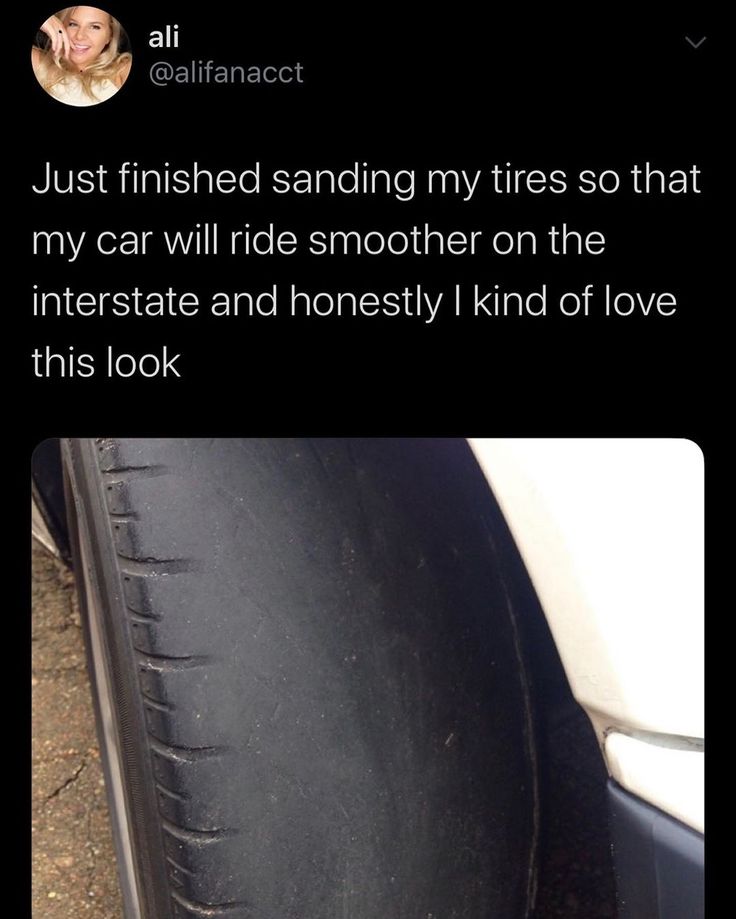
To prolong the life of your light truck tires, we recommend checking the pressure at least once a week, preferably every morning before driving. Measurements must be made on cold tires , i.e. not less than 3 hours after the end of the trip.
The choice of the correct size of tires depending on the season also helps to increase the resource: appropriate wide models are more suitable for summer, and winter and narrower ones are better in winter.
Trucks have the largest load capacity - more than 4 tons . Accordingly, their rubber has the greatest resource, which is 65–70 thousand km . In this case, the residual tread depth is 1 mm .
Increased wear resistance is due to the fact that truck tires are primarily designed for intensive use, often daily throughout the year. The decisive role in the service life of such tires is played by:
 The most common cause of accelerated wear, especially with regular high speed driving. Tires quickly deform, overheat, become covered with cracks, which in the end can even lead to a rupture.
The most common cause of accelerated wear, especially with regular high speed driving. Tires quickly deform, overheat, become covered with cracks, which in the end can even lead to a rupture.
The issue of service life for such tires is also important because it affects the cost per kilometer (CPC), which is important for evaluating the performance of rubber, optimizing fleet costs and determining the profitability of freight transportation. Recall that the indicator is calculated according to the following formula:
UPC = (Tire cost + Maintenance costs - Carcass price) ÷ Mileage (km).
From the formula it becomes clear: the greater the mileage of the tires, the lower the UPC, which means that the freight transportation is more profitable. Therefore, companies conducting such activities seek to increase the resource of tires. This is possible by following the basic recommendations that are suitable for all tires:
When choosing truck tires, you need to take into account the operating conditions of the truck and the category of goods transported, depending on what they buy:
It also matters the type of axle where the tires will be installed: trailer tires cannot be placed on the steering axle due to the incorrect operation model and the load calculated by the manufacturer. These actions can not only significantly reduce the life of the tires, but also be dangerous for driving on the roads.
It is equally important to follow the recommendations for driving, in particular, do not drive at high speed with a heavily loaded car, move smoothly, do not accelerate too quickly.
Tire life is as important for agricultural machinery as for trucks.
The cost of operating rubber here reaches 20% of the total cost of per car. And during the service life of equipment , rubber has to be renewed 3-4 times .
Due to the operation in difficult field conditions, tires for agricultural and special equipment have an increased resource. High wear resistance is provided by a multi-layer construction (6–24 layers) of the sole and sidewalls, reinforced reinforcement, a special tread compound and stiffeners.
But even with a special design, tires for agricultural machinery usually last less than for passenger cars - sometimes is less than 5 seasons , which is explained by difficult operating conditions. To extend the service life, you must follow a number of rules:
To extend the service life, you must follow a number of rules:
When driving, pay attention to whether the vehicle is pulling to one side. If this happens, then a swap is required.

Related materials
7 rubber signals: what the tire says about car problems
How do you know when tires are completely worn out and it's time to change them? Everything is simple. For summer tires, the limit is 1.6 mm of residual tread depth, and for winter (or all-season, used in winter) - 4 mm. Modern summer tires can cover from 40,000 to 70,000 km depending on driving style and vehicle characteristics. An average motorist rolls such a mileage on summer tires in 2-3 seasons. Moreover, wear implies not only a decrease in tread depth. For millions of cycles of deformation, the strength of the carcass and its adhesion to the layers of the rubber compound are violated. In short, every 2-3 years you should buy a new set of tires.
Modern summer tires can cover from 40,000 to 70,000 km depending on driving style and vehicle characteristics. An average motorist rolls such a mileage on summer tires in 2-3 seasons. Moreover, wear implies not only a decrease in tread depth. For millions of cycles of deformation, the strength of the carcass and its adhesion to the layers of the rubber compound are violated. In short, every 2-3 years you should buy a new set of tires.
In case of irreparable damage to one of the tires and a relatively high total mileage of the kit, it is also worth considering replacing it. Well, or about buying at least a pair of new tires, which, for any type of drive, should be installed on the front axle. We put two tires back - the most decent of the remaining ones.
Many motorists drive only a few thousand kilometers a year. This does not mean that the tires will serve you for several decades. According to Russian requirements (GOST 4754-97), the service life of passenger car tires is 5 years from the date of manufacture. And for example, Continental recommends that all car tires (including the spare tire) older than 10 years old should be replaced with new ones. Therefore, with small runs, you can navigate for ten years. The date of manufacture of the tire is indicated on the sidewall. Usually it is an oval with four numbers. The first two are the ordinal number of the week in the year, the last two indicate the year.
And for example, Continental recommends that all car tires (including the spare tire) older than 10 years old should be replaced with new ones. Therefore, with small runs, you can navigate for ten years. The date of manufacture of the tire is indicated on the sidewall. Usually it is an oval with four numbers. The first two are the ordinal number of the week in the year, the last two indicate the year.
Related materials
How to change the car yourself - detailed instructions
Tires should be rotated periodically in accordance with the vehicle manufacturer's recommendations - information on this can be found in the owner's manual.
We can advise you to carefully use the tires and, most importantly, to store them correctly in the off-season. First of all, during storage, it is important to exclude direct sunlight from hitting the tires, which greatly age the rubber. Tires without rims should be placed vertically, and stacked on rims.
Tires without rims should be placed vertically, and stacked on rims.
And before installing tires on a car at the beginning of the season, evaluate their condition. There should be no cracks in the tread and sidewalls. The tire should not be dry, it should remain rubbery and not look like baked plastic.
Related materials
Driving on badly worn tires - will I be fined or not?
Winter tires have a much shorter life span. They almost always fail due to the wear of the treadmill, because the tread of a new tire is 7–8 mm, and only 3–4 mm remain working height. If the tires are studded, then with such wear there are very few metal elements left, and the tire will not provide adequate safety when driving on a winter road. However, not only spikes, but also Velcro, with such a degree of wear, also lose most of their capabilities.
The real life of winter tires rarely exceeds 30,000 km.